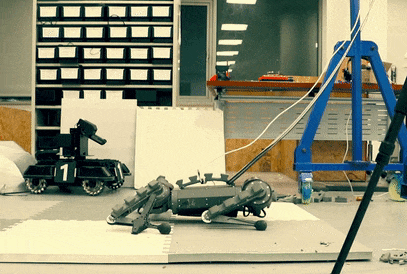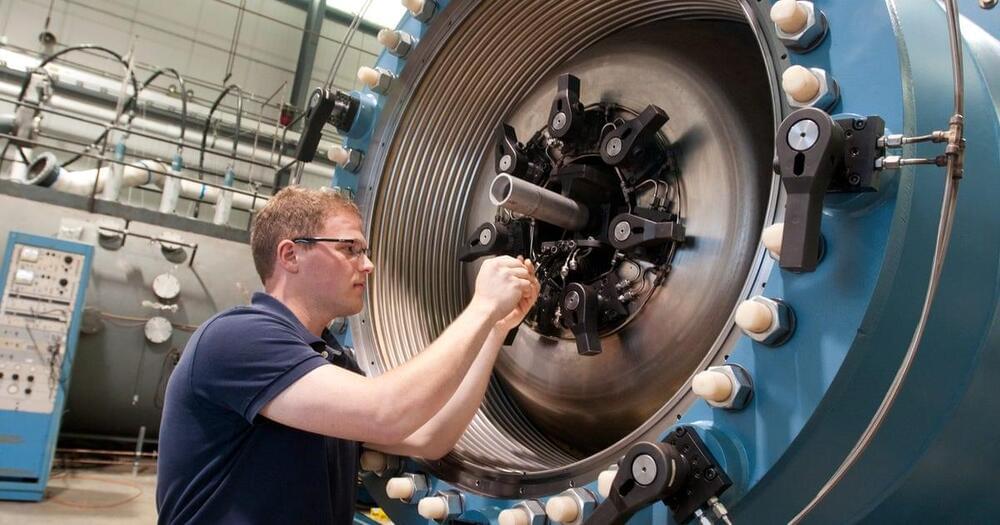What are you working on next?
Rosendo: Our next steps…will be on the development of the manipulability of this robot. More specifically, we have been asking ourselves the question: “Now that we can stand up, what can we do that other robots cannot?”, and we already have some preliminary results on climbing to places that are higher than the center of gravity of the robot itself. After mechanical changes on the forelimbs, we will better evaluate complex handling that might require both hands at the same time, which is rare in current mobile robots.
Multi-Modal Legged Locomotion Framework with Automated Residual Reinforcement Learning, by Chen Yu and Andre Rosendo from ShanghaiTech University, was presented this week at IROS 2022 in Kyoto, Japan. More details are available on Github.







